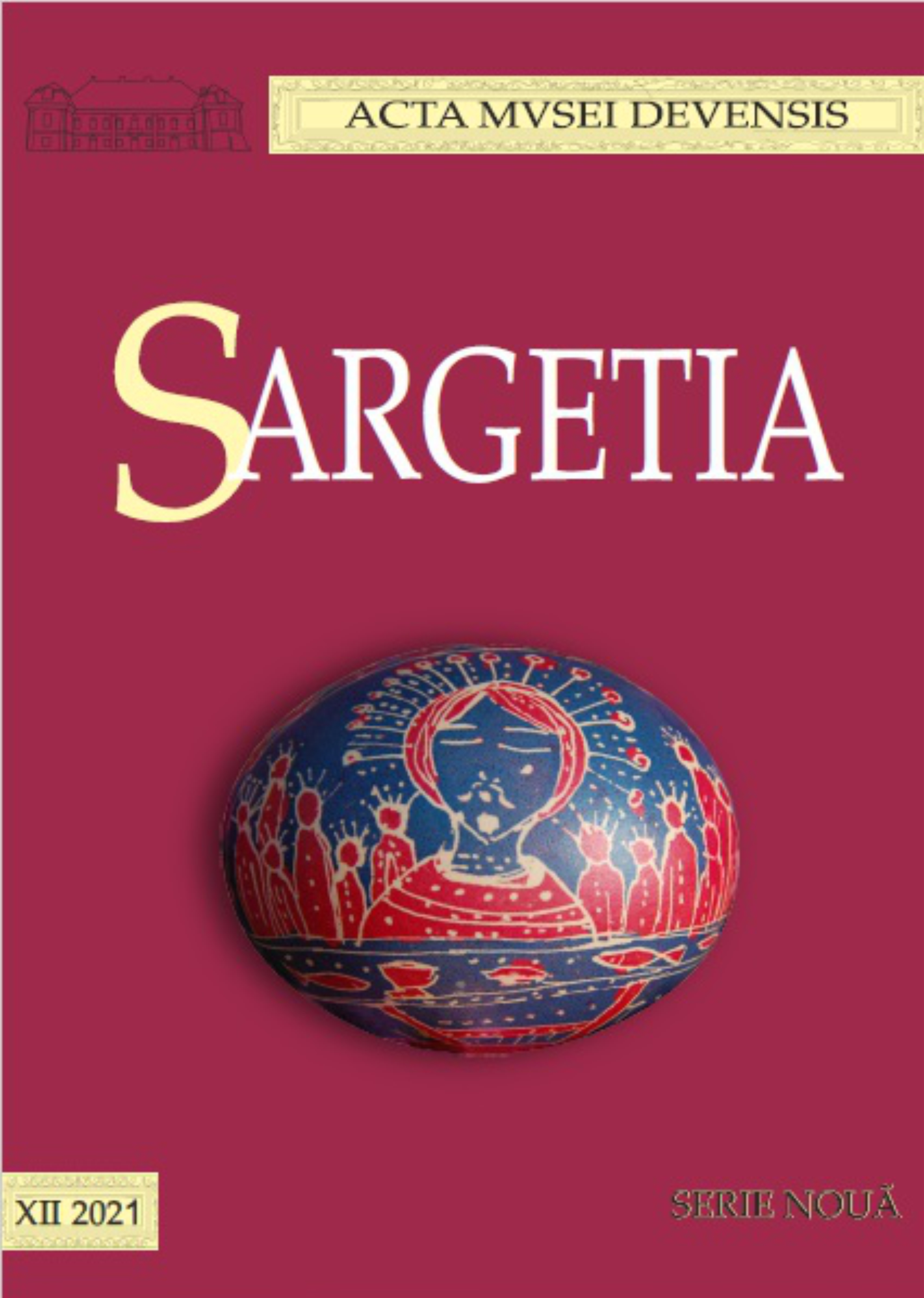Un pumnal din bronz de la Ardeu (comuna Balşa, județul Hunedoara)
A Bronze Dagger from Ardeu (Balşa Commune, Hunedoara County)
Author(s): Antoniu Tudor Marc, Nicolae Cătălin Rişcuţa, Iosif Vasile FerenczSubject(s): History, Archaeology, Ancient World
Published by: Editura Altip
Keywords: Ardeu; Bronze Age; Wietenberg Culture; Bronze Dagger;
Summary/Abstract: The archaeological site Ardeu – Cetăţuie is well known in the literature due to the results of the systematic research developed in the last two decades. Thus, an important Dacian fortification was uncovered on the hilltop, preceded by sporadic prehistoric traces of habitation and followed by a Middle Ages fortification. Other remains pertaining to the aforementioned periods have been identified at the foot of the hill (Pl. I).Several ancient objects appeared by chance during the industrial works. Amongst them there is a bronze dagger, discovered by a local and donated to the Orăştie Museum. Later, it became part of the archaeology collection of Deva Museum. The necessity of a rescue excavation has led to a single campaign, conducted by L. Nemoianu and I. Andriţoiu, in 1973. The results were published as brief report which addressed the respective dagger (text and illustration). Although the publication of the artefact was resumed three times in the 1990s, the information comprised only the find spot and a concise description. Therefore, we are rediscussing the item, with the intention to provide all the available data at this moment, including the correct chronological framing. The bronze dagger is small in size. The handle features a rounded plate and four perforations for fastening. The triangular blade is elongated, having a longitudinal median rib. The object was preserved in a good condition (Fig. 1; Pl. II).The chronological context is illustrated by the Middle Bronze Age ceramic materials, unearthed on top of Cetăţuie and also on the terraces below. They add to several fragments from the same chronological phase, found in different spots from the area of the site. The pottery can be attributed to the final stage of the Middle Bronze Age and the early stage of the Late Bronze Age. In terms of culture, we are dealing with materials belonging to phase III of the Wietenberg culture and to the Bădeni III-Deva horizon, which is placed on the next chronological level. In regards to typology, analogies for the Ardeu dagger are found in the larger space of the Carpathian Basin, namely in the neighbouring cultural milieus of the Transylvanian territory, but also further to the west. Yet the closest similarities are displayed by two daggers discovered in Slovakia, dated at the end of the Early Bronze Age and the debut of the Middle Bronze Age. Nevertheless, the archaeological context which illustrates the Bronze Age occupancy at Ardeu and in the surrounding area, corroborated with other few finds of this kind of contemporary pieces in Transylvania, determined us to frame our artefact in the early stage of the Late Bronze Age. This dating could be revised if similar finds with well determined context would appear. Presented in the light and limits of the data available so far, the bronze dagger form Ardeu adds to the very small number of similar artefacts discovered in Transylvania.
Journal: Sargetia. Acta Musei Devensis
- Issue Year: 2021
- Issue No: 12
- Page Range: 71-83
- Page Count: 13
- Language: Romanian

